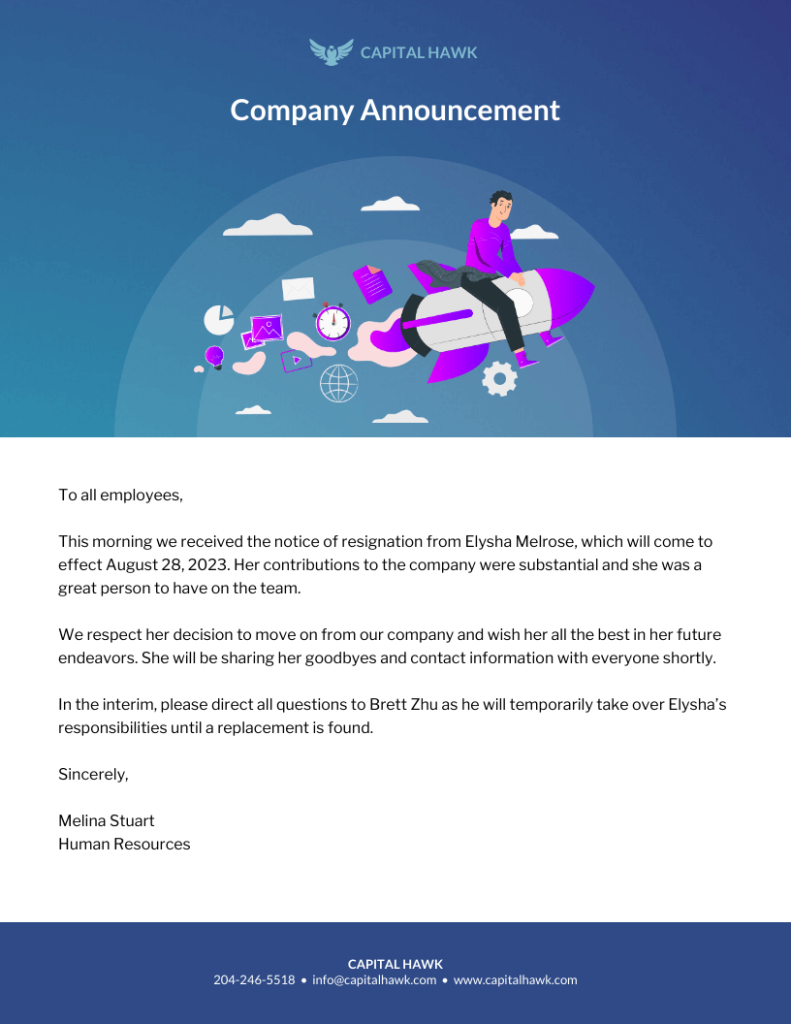Getting new customers is tough and can cost a lot. That’s why, when someone buys something from you, you’d want to do everything you can to make them stick around.
But keeping customers isn’t easy. With so many choices out there, customers always have new options. It’s your job to find new ways to keep them thinking about your company.
This guide shows you the best Strategies for Increasing Customer Retention. It gives examples of companies that do it well and gives you practical tips to keep your customers happy and loyal.
What is customer retention?

Customer retention is a parameter utilized by businesses to assess the loyalty of customers over a period and evaluate overall performance.
To enhance customer retention, companies employ diverse best strategies to minimize customer attrition and enhance their experiences, aiming to foster lasting loyalty to the brand.
How do you calculate your customer retention rate?
To calculate the customer retention rate, you have to divide the total number of customers from new customers by the number of customers acquired at the beginning of the period.
The formula should look like this:
Customer Retention Rate = (Total of Customers at the end of the Period – New Customers Acquired) / Customers at the Start of the Period)
Let’s say your business had 1,000 customers at the beginning of the quarter. By the end of the quarter, you retained 800 customers, and you acquired 200 new customers during the quarter.
-> Customer Retention Rate = ((800 – 200) / 1000) x 100% = (600 / 1000) x 100% = 60%
How to increase customer retention?
1. Make a good onboarding experience.

When a customer makes their first purchase, it presents a prime opportunity for your business to make a lasting impression. Therefore, it’s crucial to ensure that your onboarding process operates smoothly and efficiently. Customers are likely to remember any glitches in the initial onboarding phase, such as mishandled information or a lack of dedicated support. Although these issues can be addressed promptly, they may still leave a negative impression on the customer.
Method: Effective onboarding strategies should incorporate workflows with timely email triggers, follow-up messaging, self-service knowledge base access, and celebratory messages to engage and delight new clients.
2. Offer customized customer experiences.

Every customer is unique, with individual needs and preferences, necessitating tailored solutions from your business. You should avoid one-size-fits-all solutions when addressing the diverse requirements of customers, which may vary in scale, time constraints, or other preferences. Research from Evergage reveals that 99% of marketers believe social proof to advancing customer relationships, with 78% stating it has a significant impact, strengthening the bond between businesses and their customers.
Method: Ensure that your offerings are tailored and pertinent to each customer’s specific needs, ensuring that the provided strategies is highly relevant to the challenges they encounter. This approach will foster a greater inclination for customers to maintain business relations with you. Additionally, explore various customer support apps to provide exceptional service, helping to retain customers and turn them into brand advocates.
3. Build trust with your customers.
Two strategies are true when it comes to building trust between your company and your customers:
- Don’t assume they trust you because they buy from you.
- Trust takes time to build.
When deciding to make a purchase, 81% of customers say that trust is an important factor in their decision. Building trust isn’t a one-size-fits-all tactic that any business can implement overnight.
After all, the definition of trust is the “firm belief in the reliability, truth, ability, or strength of someone or something.” Reliability is a key factor in building trust, so your company should consistently deliver value to customers.
Method: Trustify builds trust with your customers by providing secure transactions, encrypted communication, and transparent policies regarding data protection. With Trustify, customers can feel confident that their personal information is safeguarded, fostering a sense of trust and reliability in your brand. By prioritizing security and transparency, Trustify helps businesses establish strong relationships with their customer base.
4. Establish a mechanism for gathering customer feedback.

Improving your business is challenging without understanding your customers’ sentiments. To retain customers, it’s essential to have a process for obtaining customer feedback.
This is where a customer feedback loop comes in. It offers a framework for gathering, analyzing, and disseminating customer reviews and surveys.
Several strategies can be employed to collect customer feedback:
- Conduct surveys such as Net Promoter Score.
- Invite customers to participate in user testing and focus groups.
If you utilize a small business phone system, provide customers with opportunities to provide feedback after each interaction.
Once feedback is gathered, analyze survey results to identify trends in customer behavior and areas for enhancing the user experience.
Method: Distribute product reviews to engineering and development teams to address any flaws in your product’s design. Using this strategy to collect and share customer feedback enables your business to effectively tackle criticism and enhance the overall customer experience.
5. Maintain communication with customers

Even if clients aren’t providing feedback, it’s important for your team to take the initiative in staying in touch with them. Think about implementing a communication timetable to organize interactions with customers and to open up chances for additional sales. A communication schedule is a visual aid that monitors customer inquiries, indicating the most recent instance of customer contact and notifying you when current customers haven’t engaged with your brand.
Method: If a customer’s subscription is approaching its expiration date, you can send an email notifying them that it’s time to renew their account. This is perfect strategies to answer customer incredulity.
6. Send a company newsletter.

Capital Hawk send company newsletters to customer.
A company newsletter offers straightforward and economical strategies for customer retention, as it can boost your company’s reputation and visibility. Despite its simplicity, newsletters serve as regular reminders of your brand whenever recipients check their inboxes.
Method: You can utilize email automation to deliver updates or promotions to all your customers simultaneously. Additionally, you can schedule these emails to be sent automatically at specified intervals using an RSS feed.
7. Provide distinctive services

Providing a product or service that outshines competitors in the perception of your customers is challenging, but the benefits are significant in the long term. If you’ve established a specialized niche for your business that effectively addresses a key customer concern, you’re on the path to customer retention.
Method: Individuals purchase what they perceive as valuable to them. Addressing a bottleneck, resolving a workflow issue, or streamlining a process in a manner unique to your company provides a compelling rationale for customers to align with your brand.
WRAP UP
This article emphasizes the importance of prioritizing existing customers over constantly chasing new ones, citing the significant resource investment required for acquiring new customers compared to retaining existing ones. The strategies highlighted include personalized communication, loyalty programs, exceptional customer service, and soliciting feedback to continuously improve. The overarching goal is to foster strong, long-lasting relationships with customers, ultimately leading to increased loyalty and sustained business growth.
